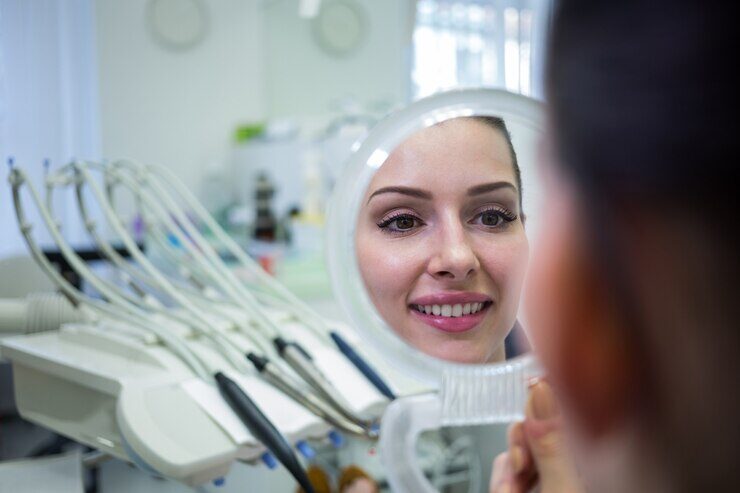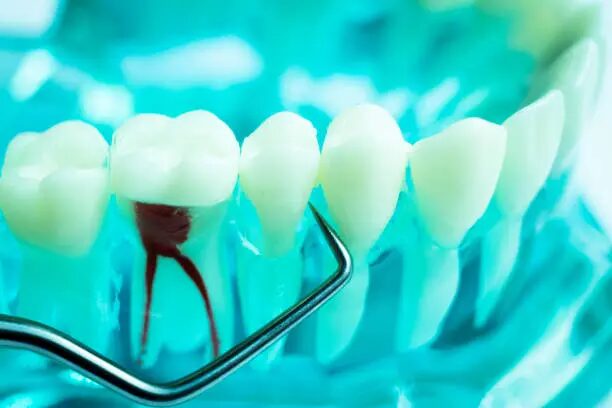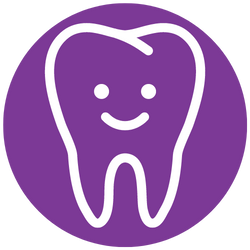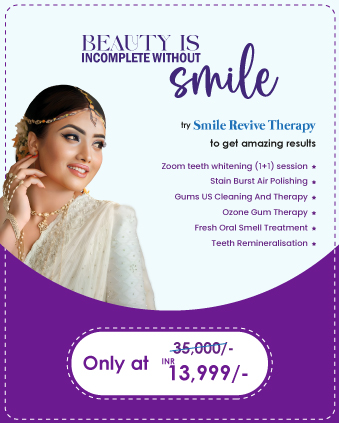Having a beautiful, brilliant smile is frequently seen as a sign of health and energy, and getting that desired smile has made teeth whitening procedures more and more popular. Over the years, advancements in dental technology have led to a plethora of whitening options, ranging from traditional methods like charcoal and whitening strips to cutting-edge techniques such as LED technology. In this article, we delve into the latest innovations in teeth whitening, exploring their effectiveness, safety, and impact on dental care.
Traditional Teeth Whitening Methods
Charcoal-Based Products:
Charcoal has gained popularity as a natural teeth-whitening remedy due to its abrasive properties, which help remove surface stains. However, the effectiveness of charcoal in whitening teeth is debated among dental professionals, with concerns about its abrasive nature and potential damage to enamel.
Whitening Strips and Toothpaste:
Over-the-counter whitening strips and toothpaste contain bleaching agents such as hydrogen peroxide or carbamide peroxide, which penetrate the enamel to break down stains and lighten tooth color. Even while these items can produce significant improvements, professional whitening procedures might be more effective than them.
Professional Teeth Whitening Treatments
In-Office Whitening:
In-office whitening procedures, performed by dental professionals, offer the most dramatic and immediate results. These treatments typically involve the application of a high-concentration bleaching agent to the teeth, followed by the activation of LED light or laser to enhance the whitening process. In-office whitening is considered safe and effective, with minimal risk of side effects when performed under the supervision of a dentist.
Take-Home Whitening Kits:
Take-home whitening kits prescribed by dentists allow patients to whiten their teeth at their convenience. These kits usually consist of custom-fitted trays and a bleaching gel containing a lower concentration of whitening agent compared to in-office treatments. Patients are instructed to wear the trays for a specified duration each day until the desired level of whitening is achieved.
Advancements in LED Teeth Whitening
LED Accelerated Whitening:
LED (light-emitting diode) technology has revolutionized teeth whitening by accelerating the bleaching process and enhancing treatment outcomes. LED lights emit specific wavelengths of light that activate the bleaching agent, allowing for faster and more efficient whitening without increasing the risk of sensitivity or damage to the teeth.
Chairside LED Whitening:
Chairside LED whitening systems integrate LED technology directly into in-office whitening procedures, providing a more controlled and consistent light source for activating the bleaching agent. These systems offer shorter treatment times and improved comfort for patients, making them a preferred choice for many dental practices.
Safety and Considerations
Professional Supervision:
While over-the-counter whitening products may be convenient, professional supervision is essential to ensure safe and effective whitening results. Dentists can assess the patient’s oral health, recommend the most appropriate whitening treatment, and monitor for any adverse effects during the process.
Sensitivity Management:
Some people may have gum irritation or temporary tooth discomfort after teeth whitening procedures. Dentists can provide recommendations for managing sensitivity, such as using desensitizing toothpaste or reducing the frequency of whitening sessions.
Conclusion
From charcoal-based remedies to state-of-the-art LED technology, the field of teeth whitening has seen remarkable advancements in recent years. While traditional methods may offer temporary results, professional whitening treatments utilizing LED technology provide superior efficacy, safety, and convenience. By staying informed about the latest innovations in teeth whitening and consulting with a dental professional, individuals can achieve a brighter, more confident smile while maintaining optimal oral health.









